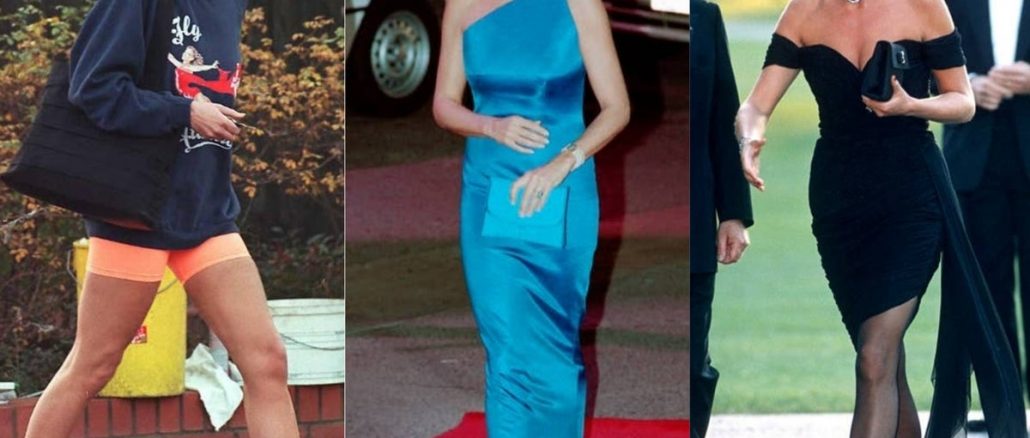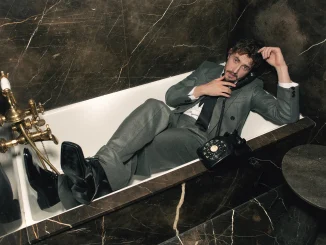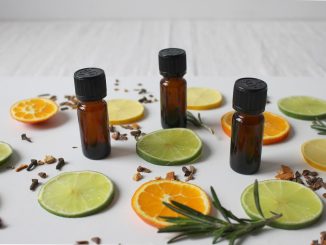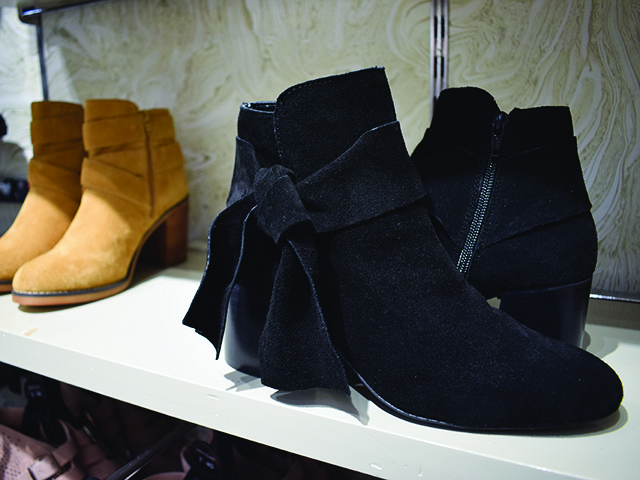
[dropcap]T[/dropcap]wo decades after her death, Princess Diana is still recognised for her exquisite style and sartorial escapades. Her ascension from teenage “Sloane Ranger” to glamour icon will forever be one of the most glorious transformations in fashion’s history.
From epochal ball gowns to iconic athleisure wear, throughout her public life Diana’s wardrobe captivated the world’s attention. Portraying such a paragon of fashion is no easy feat, nor is recreating her style. Yet these were the mammoth challenges Emma Corrin and costume designer Amy Roberts found themselves tasked with in the latest season of The Crown.
Neither Corrin or Roberts did not disappoint in their roles and the chance to re-indulge in Diana’s personal and stylistic journey has brought the world’s focus back onto the princess’ wardrobe. This has left the begging question: How did she transform from boring, aristocratic sweetheart to one of fashion’s most worshipped women?
The Princess of Wales was not always the fashion epitome she is today; in fact, when she first entered the public eye at the age of 19, Diana was far from trendy. A consistent sporter of long hemlines and tartan, she appeared old-fashioned in comparison to the short-skirt-clad, brightly dressed women of the early eighties.
With her engagement to Prince Charles came a turning point in Diana’s fashion journey. Her pending royal status put her in contact with journalist Anna Harvey, who coaxed her out of heavy knit cardigans and tweed into more modern garments.
In the early stages of her marriage, Diana embraced the trends of the eighties. She frequently wore shoulder pads and pie-crust collars and never shied away from ruffles. Such examples of this early, romantic style can be seen recreated in divine likeness in season four of The Crown, including the blue, Bruce Oldfield gown Diana donned while slow dancing with Charles and the near-identical interpretation of her wedding dress.
Around the mid-eighties, Diana’s style took another turn. Her penchant towards bowties and chunky chokers came to the forefront and she began to embrace more form-fitting, sleeker outfits, such as the midnight blue, Victor Edelstein number that she twirled in with John Travolta.
Once the nineties rolled around, she had truly come into her own and was one of the most photographed women in the world. By this point, well-tailored suits (very akin to those on the rails of Zara today) had become synonymous with her style. However, the best of Diana was still yet to come.
The second turning point in her transformation came with the dissolution of her marriage. As she began to lose her husband, she found herself in her clothing, a prime example of this being The Revenge Dress – the most important Little Black Dress in fashion history.
No longer burdened with the pressures of a royal marriage, Diana thrived in her later years. The public began to obsess over her off-duty, athleisure wear just as much as her red-carpet looks. Her famous, Virgin Atlantic jumper is still seen as the perfect vintage crewneck and was such a source of envy that it auctioned for $53,532 in 2019, according to Vanity Fair.
Diana’s wardrobe seemed to have an anti-ageing effect; the older the princess got, the trendier and more liberal her clothing became. By 1997 Diana was one of the most beautiful and revered women in the world, and her untimely passing has preserved her as such forever.
Glamour is one thing; timelessness is a whole other. It is not what you wear, but something you are, or in Diana’s case, something she evolved into. In her short public life, she transformed from a dull, pretty girl into an icon, and in her death her fashion evolution remains as relevant and as inspired as it was in her lifetime.
Sarah McGuinness
Image credit: Getty Images/AFP



